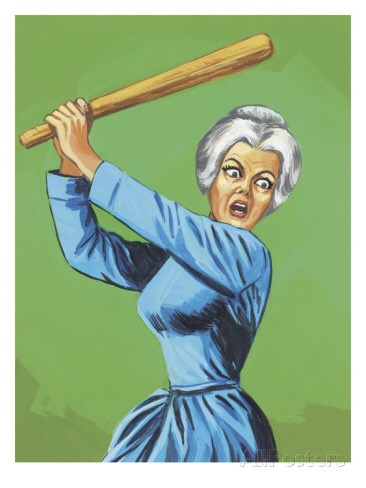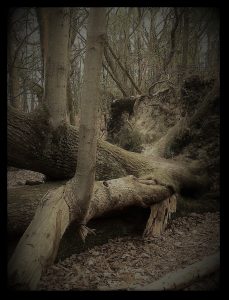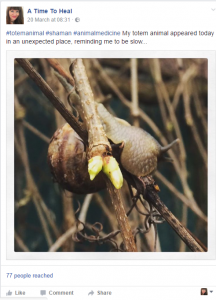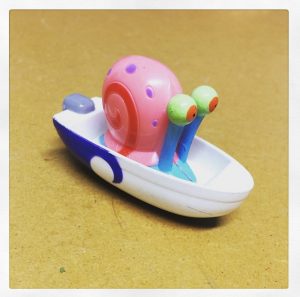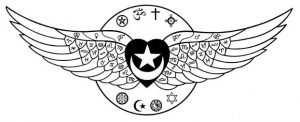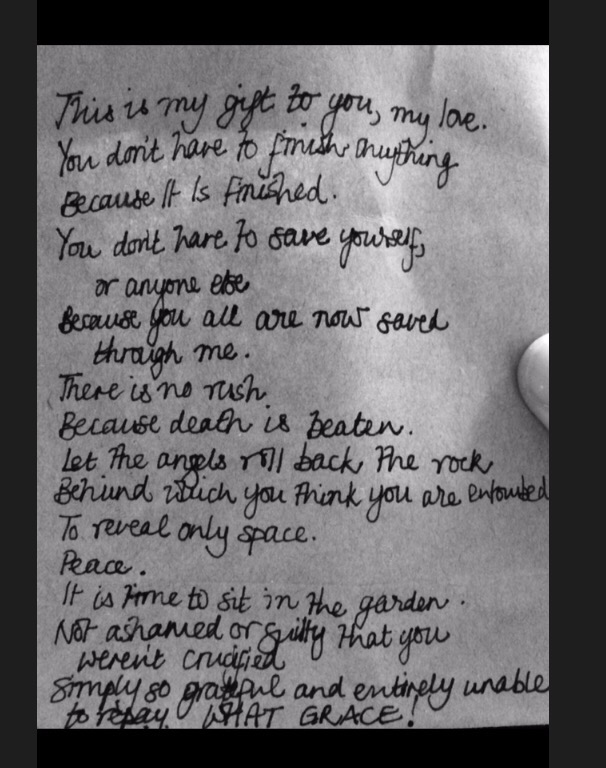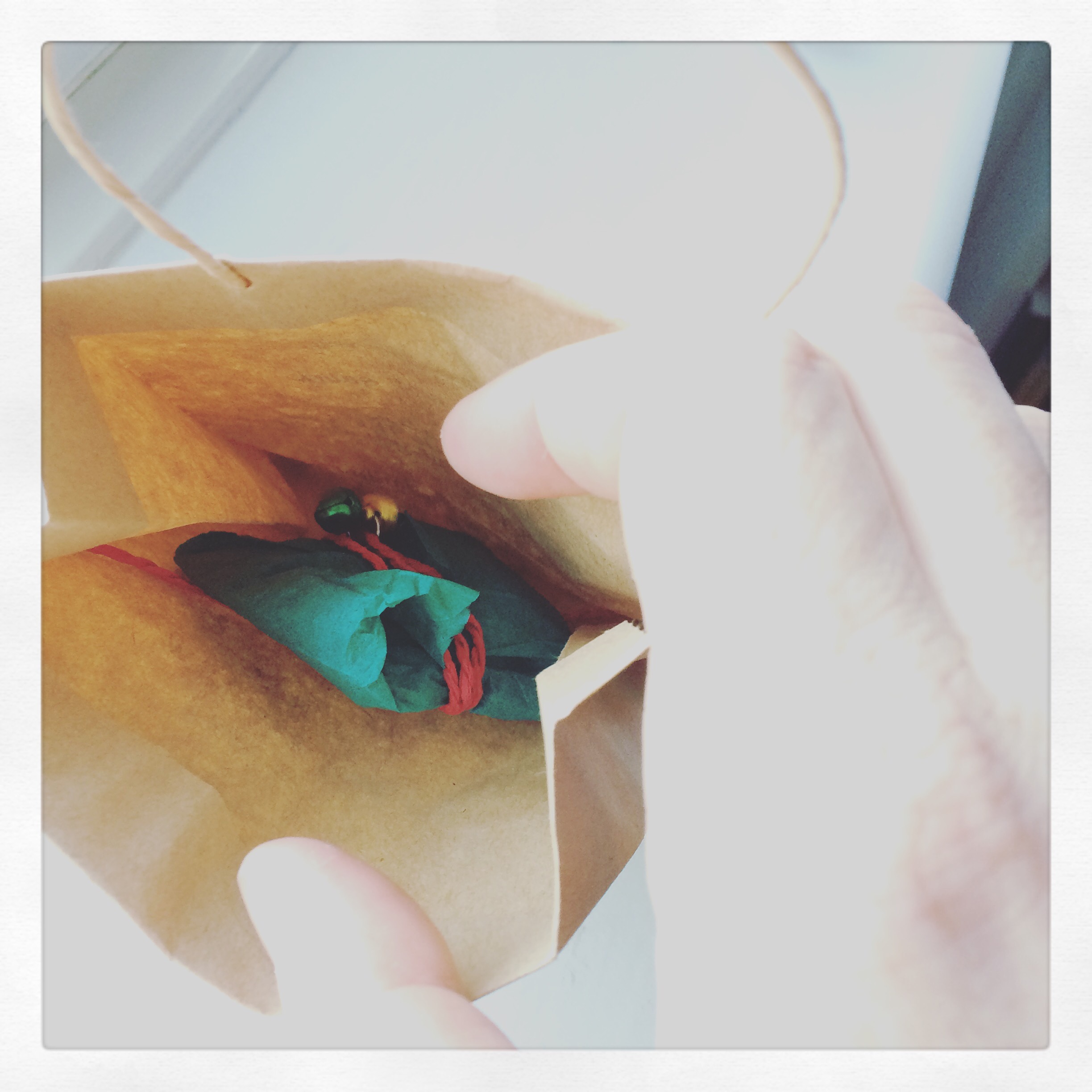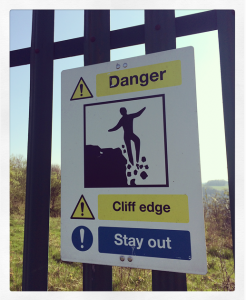Letting myselves finish…
 On Monday night the Guild for Analytical Psychologists hosted the fascinating lecture “Freeing Up Thinking – Sport, Psychoanalysis and Everyday Life” by Michael Brearley OBE, ex-captain of the England cricket team and a practicing psychoanalyst. It was one of those delicious moments of convergence, and I left feeling very excited. In the last five years, my work as a client, as well as a therapist, spiraled in on a way of understanding the self that is shared by practitioners of Ego State Therapy, Internal Family Systems, and sub-personalities work.
On Monday night the Guild for Analytical Psychologists hosted the fascinating lecture “Freeing Up Thinking – Sport, Psychoanalysis and Everyday Life” by Michael Brearley OBE, ex-captain of the England cricket team and a practicing psychoanalyst. It was one of those delicious moments of convergence, and I left feeling very excited. In the last five years, my work as a client, as well as a therapist, spiraled in on a way of understanding the self that is shared by practitioners of Ego State Therapy, Internal Family Systems, and sub-personalities work.
The self – that ‘centre of experience and source of action’ – is not one but many; consisting of parts – who knows the number – who frankly often disagree, fight for control, override one another. To quote the poet Walt Whitman – “We are multitudes”.
Michael opened with the final verse of William Ernest Hemley’s poem “Invictus” –
It matters not how straight the gate,
How charged with punishments the scroll,
I am the master of my fate,
I am the captain of my soul.
and spent the next hour exploring the brilliant idea of ‘self-captaining’, where the self is made of Aristotelian parts ‘speaking with like voices’, and where happiness is given the Greek name ‘eudaimonia’ meaning literally that one is in friendly communication with ones inner ‘daimons’ or spirits – plural.
Like all the most inspired and inspiring leaders, Brearley, as a captain in the world of cricket, believed that being a captain wasn’t just about telling, directing, and controlling. He believed in providing support, for the individual and the collective. In maintaining interested contact and relationship with all members of his team. He was involved. He even went as far as talking about having provided love – tough love sometimes – for everyone. He strove to understand, to value, and also to confront, not for punitive reasons, but for the sake of the development of the individual and the team.
Brearley talked about the importance of participation and freedom, about flattening the hierarchy and inviting input from everyone, no matter how contrary the opinions. Of all speakers being “allowed to finish” without interruption. He was genuinely willing to reconsider assumptions and to learn, and he trusted that any tension and contradiction between members of his team could be held and valued as creative rather than destructive tension and that from such fertile chaos might emerge new and exciting possibilities.
Having written books (“On Form” (2017) and “The Art of Captaincy” (1985)) that explore the psychology of performance and effective leadership, Mike realised that his perspective on leadership could be applied powerfully to the world of internal relationships – with and between the parts of the self. Which takes us firmly into the realm of Jung’s perspective; self-captaining by giving house-room to all the secret parts in order that we might become more whole and experience a deeper sense of our fullest self – of all that we might amount to – and in order that from the tension between necessary orthodoxy and creative disruption might be born new perspectives and new alternatives for action.
During the Q&A, someone referenced Steve Peters’ Chimp Paradox and asked how on earth we are to decide between a course of action favoured by ‘the inner chimp’ and one proposed by what he referred to as ‘the rational part’. Notwithstanding the assumptions in the question – that the chimp’s preference won’t be rational, and that these are the only parts to be considered – this exploration really caught my attention.
I loved Michael Brearley’s first thoughts which were along the lines that it all really depends on which of the two parts one usually gives precedence to and that for the stalwartly rational person, a bit more chimp would probably be a good thing, whilst for the habitually chimpy one, engagement with the so-called rational part is most likely what that person needs to practice more of to get the most from themselves and their life.
But what excited me even more about this exploration was the way the speaker moved the exploration on from being quite “schizoid” and insistent on certainty. His consideration was a real-time example of engaging with the unknown with curiosity. It emphasised the risky, radical but deeply alive nature of allowing all voices – whether they’re internal or external – to be engaged with and to have their say. To be allowed to finish.
It prompted me to think about how we go about ‘othering’ – people, groups, and especially parts of ourselves. How we exile them and how, if exiled, they have little choice but to mount their own resistance movement, fuelled by the frustration of exclusion. There’s nothing more likely to make the chimp even more chimpy, surely, than shoving it in a cage and showing it contempt.
 Earlier the same day, I’d watched an excerpt of a documentary about the footballer Ian Wright. In this few-minute-long video he talks about the first positive male role model in his life, a teacher called Mr. Pigden, and how when Ian was acting out aggressively Mr. Pigden would talk to him, engage with him, try to understand him. And how that teacher started involving him and giving him responsibilities around the school, and then when the teacher saw that he was a talented football player, Mr. Pigden started to give him some coaching.
Earlier the same day, I’d watched an excerpt of a documentary about the footballer Ian Wright. In this few-minute-long video he talks about the first positive male role model in his life, a teacher called Mr. Pigden, and how when Ian was acting out aggressively Mr. Pigden would talk to him, engage with him, try to understand him. And how that teacher started involving him and giving him responsibilities around the school, and then when the teacher saw that he was a talented football player, Mr. Pigden started to give him some coaching.
I’ve been left thinking about how scared we can be of engaging with a person who we’ve experienced as only destructive or negative in some way, how we avoid them if we can, and what courage, wisdom, and skill it takes to look through behaviours to see the positive tendency buried inside them. To look through aggression to the power, fire and drive the person has, for instance.
And I’ve been left reflecting on the exact same fear we usually have of engaging with a part of ourselves which we have never considered could have any value and is only to be reined in and held at bay. How frightening it is to consider making space at the table for that part on the assumption that it will ultimately make us more whole if we do. That the part will integrate into the whole system in a way that opens up new experiential and behaviourally creative options for us. That it won’t simply disrupt, and that its dangerous nature is at least to some extent a reaction to having been othered and exiled.
In the end, I walked away more convinced than ever that my role in the therapy space is to provide the invitation, welcome, and space for all of the multitudes in my client, with trust that ultimately if I can be in friendly communication with my client’s inner spirits then one day so can my client. Or perhaps more strikingly, that all of those inner spirits are themselves my clients, striving to be allowed up into the light to find their place at a safe table where they might join together with a captain who wants and needs them to participate, and who knows how to get the very best out of them individually and as a family system.
What a radically different family system that would probably be from the ones so many of us grew up in.
